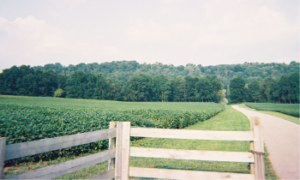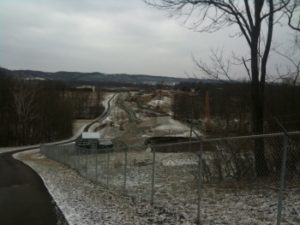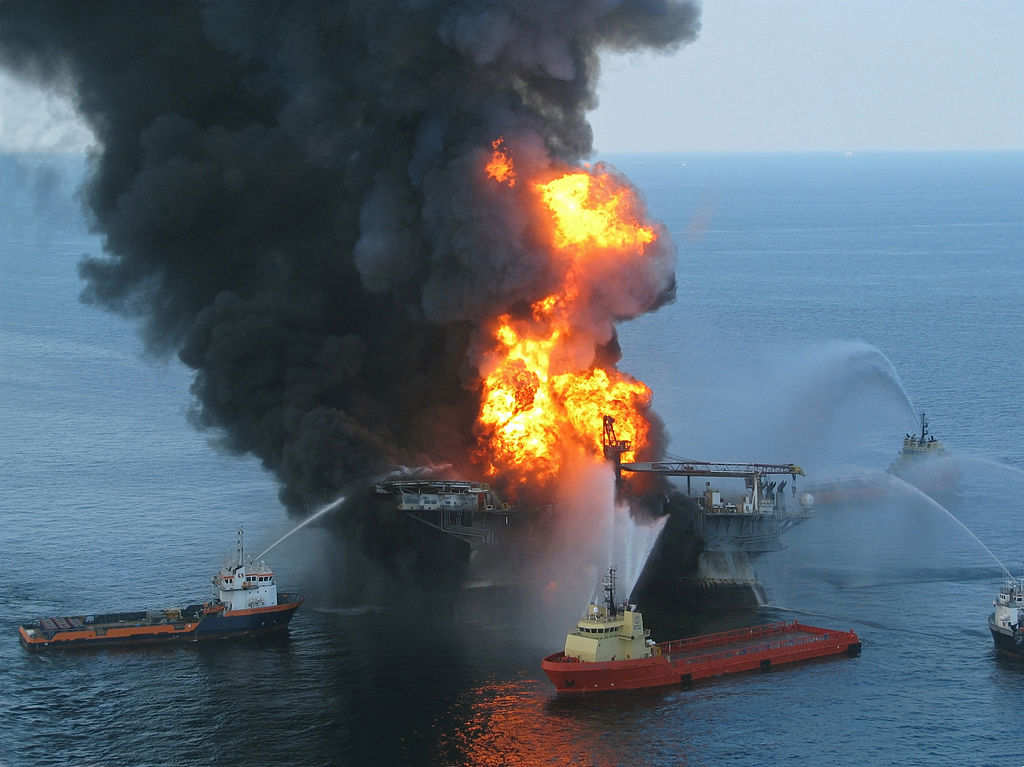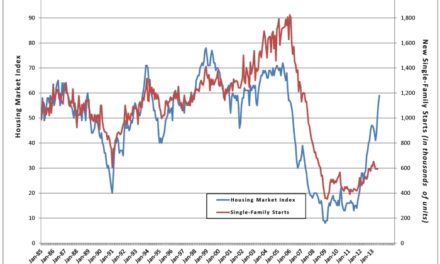
The sanitation district offered the property owners compensation for the take based on two appraisals, both between $250,000 and $350,000. The owners’ appraiser developed a compensation of more than $3 million. With the disparity in these figures being a factor of 10, a legal battle ensued regarding whether or not the take would change the highest and best use of the property. Was the estate a trophy property that would be damaged by the take and therefore become farmland, or had it always been farmland? Greenfield Advisors was contacted to help resolve this controversy.
We found that prior to the take, the estate was a trophy property. It would be marketed on at least a regional scale (if not nationally), and the likely buyer would be someone with uncompromising taste and value discernment. In this “before” condition, the value would be comparable to other trophy properties with historic relevance, dramatic views, wildlife, reasonable proximity to a metropolitan area, and yet isolation and grandeur.

In the “after” condition with the apparently unproven technology of a 700-foot-long sewer line with a portion sitting on a multi-story trestle with attendant industrial access and uncharaterizable risks, the property is simply unmarketable to estate buyers. At best, the property can be valued as farmland, but it is questionable whether the property can be farmed profitably, given its size and topography.
The parties settled, with the sanitation district agreeing to pay $1.75 million for the condemned portion of the estate.
– Jonathan Putman






Recent Comments